Jewish Sights of Thessaloniki City, Private Guided Tour with Car & Driver
From: €380.00
Jewish Sights of Thessaloniki City, Private Tour with Car, Driver & Guide
From 380€
With Car: Up to 2 persons: 380€ (2 passengers + 1 Driver + 1 Guide)
With Minivan: Up to 6 persons: 480€ (6 passengers + 1 Driver + 1 Guide)
With MiniBus: Up to 15 persons: 750€ (15 passengers + 1 Driver + 1 Guide)
Duration: 3 Hours City Tour
Departure Time from your hotel at 09:00
Returns to original Pick up point.
The program of the excursion can be adjusted always according to the requirements of the passengers.

Description
Jewish Sights of Thessaloniki City, Private Tour with Car, Driver & Licensed Guide
Jewish Sights in Thessaloniki.
Explore the heritage of Thessaloniki’s major Jewish community through salvaged buildings and spots linked to the Holocaust
Old mansions belonging to prominent Jewish families, synagogues, shopping galleries, banks and other buildings that survived the Nazi German occupation, various demolitions carried out over the years, as well as the wear of time, stand to highlight the robust presence of Thessaloniki’s Jewish community, 96 percent of which perished as a result of the Holocaust. Though most surviving buildings are nowadays used for different purposes, they remain loaded with memories of the past.
Jewish Sights of Thessaloniki City, Private Tour with Car, Driver & Licensed Guide
Indicative Tour Plan (In consultation with our guide)
JEWISH SIGHTS
- Jewish Holocaust Memorial (Short stop, Take photos)
- Jewish Museum of Thessaloniki (*Visit)
- Monastirioton Synagogue (*Visit upon request, Appointment Required)
- Old Train Station (Short stop, Take photos)
- Baron Heirs District (Pass through)
- Villa Allatini (Take photos from outside)
- Casa Bianca (Take photos from outside)
- Villa Modiano (Take photos from outside)
- Villa Kapantzi (Take photos from outside)
- Memorial of the Old Jewish Cemetery located in the Aristotle University of Thessaloniki (Short stop, Take photos)
- Central Market Modiano (Visit)
- Open Market Kapani (Visit, Optionally)
THESSALONIKI SIGHTSEEING
In consultation with our guide, if there is enough time during the Jewish Tour, you can also visit the following sites. If you like you can expand the duration of the tour.
- White Tower (The emblem of Thessaloniki)
- Alexander The Great Statue
- “The Umbrellas of Zongolopoulos”
- The Byzantine Castles (also known as the Heptapyrgion)
- The Byzantine Walls (Trigoniou Tower, Thessaloniki City View Point)
- Agios Dimitrios (Saint Dimitrios, the Byzantine church and its crypt)
- Galerius Arch (Kamara)
- Rotunda (Circular building built known for its mosaics)
- Ancient Roman Forum
Let’s explore the city together!
INCLUDED
- Pick up and drop off service from your hotel in Thessaloniki
- Transportation with luxury vehicles (car, minivan or minibus)
- Professional English-speaking Driver
- English Speaking Licensed Guide
- Bottle of water and coffee during the route (free)
- Wi-Fi on Board
- After the tour you will receive edited photos and a small video of your tour.
NOT INCLUDED
- Gratuities (optional)
- Licensed Guide who speaks your language, out of English (Extra cost: 100.00€)
- Entrance fees (wherever it is required)
ADDITIONAL INFORMATION:
- If you want to expand the tour time there is an additional cost: 80,00€ / per hour
- If you book a private day trip or city tour, we will give you a 30% discount on Airport Transfers
- To visit the Monastirioton Synagogue and the Jewish Museum we need in advance the passport details or a copy. It is required from the security service of the Jewish Community.
You must be logged in to post a review.

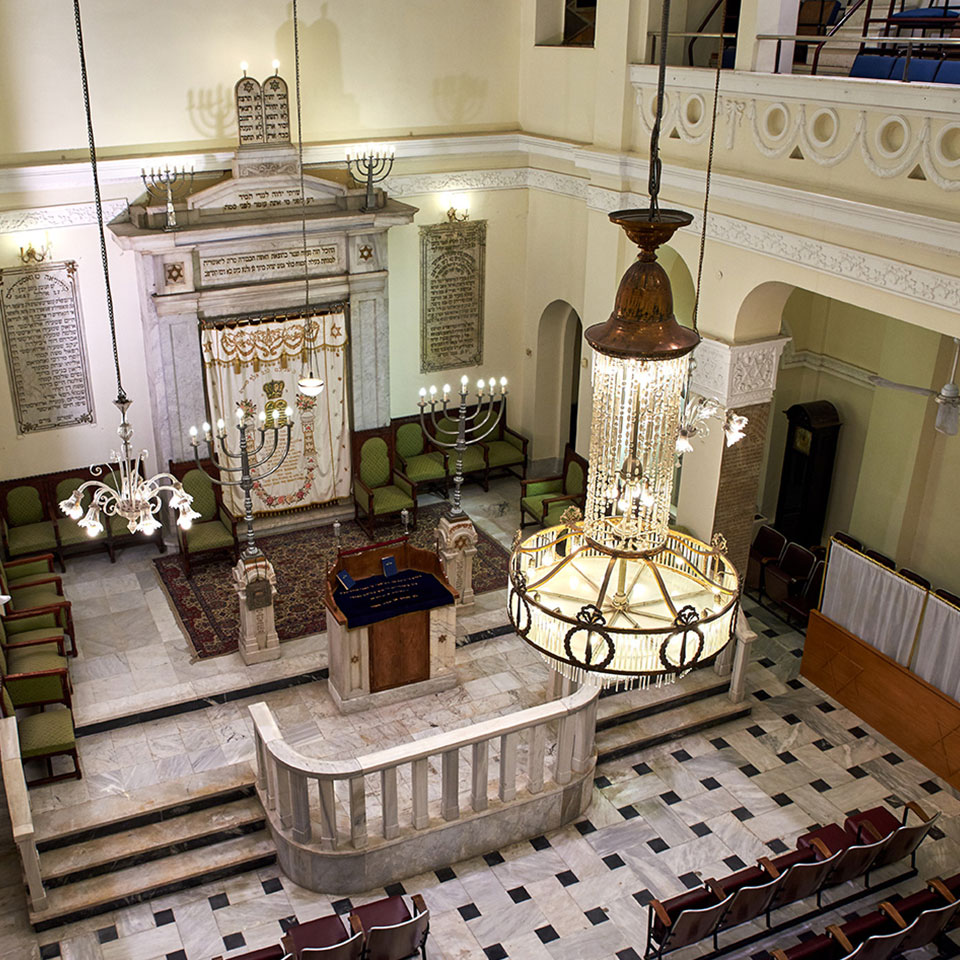
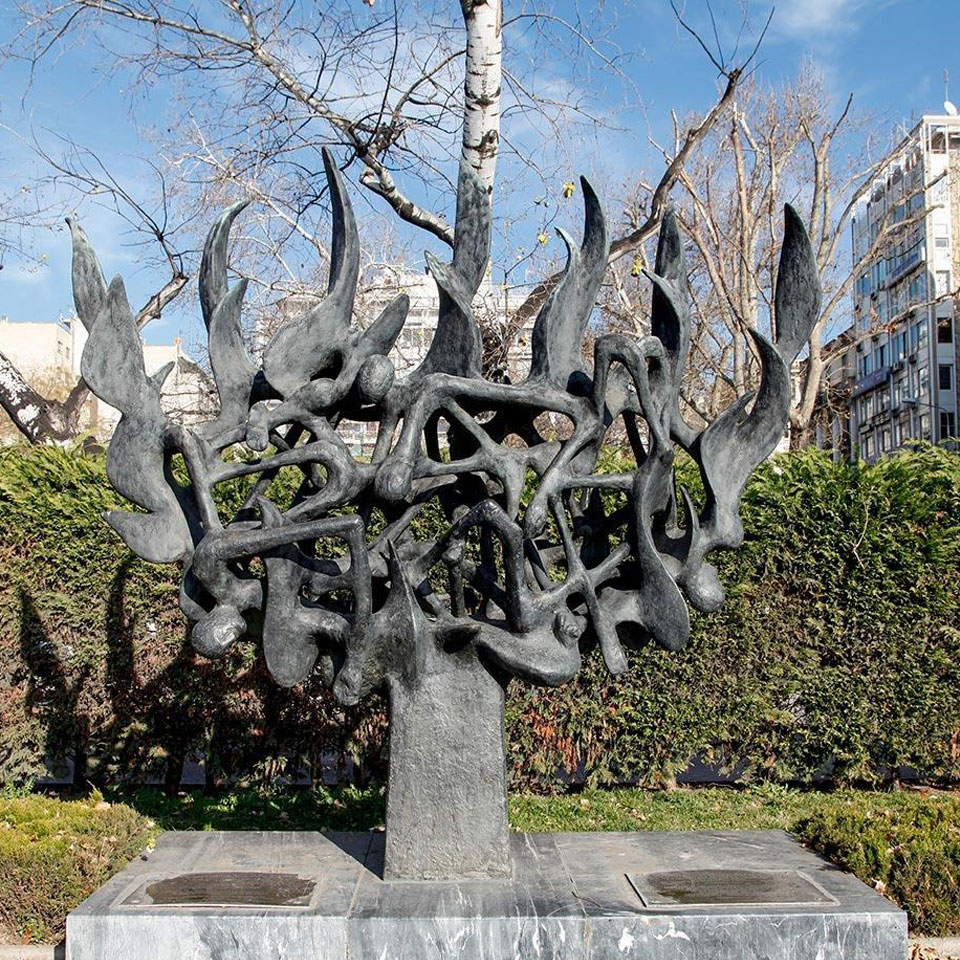

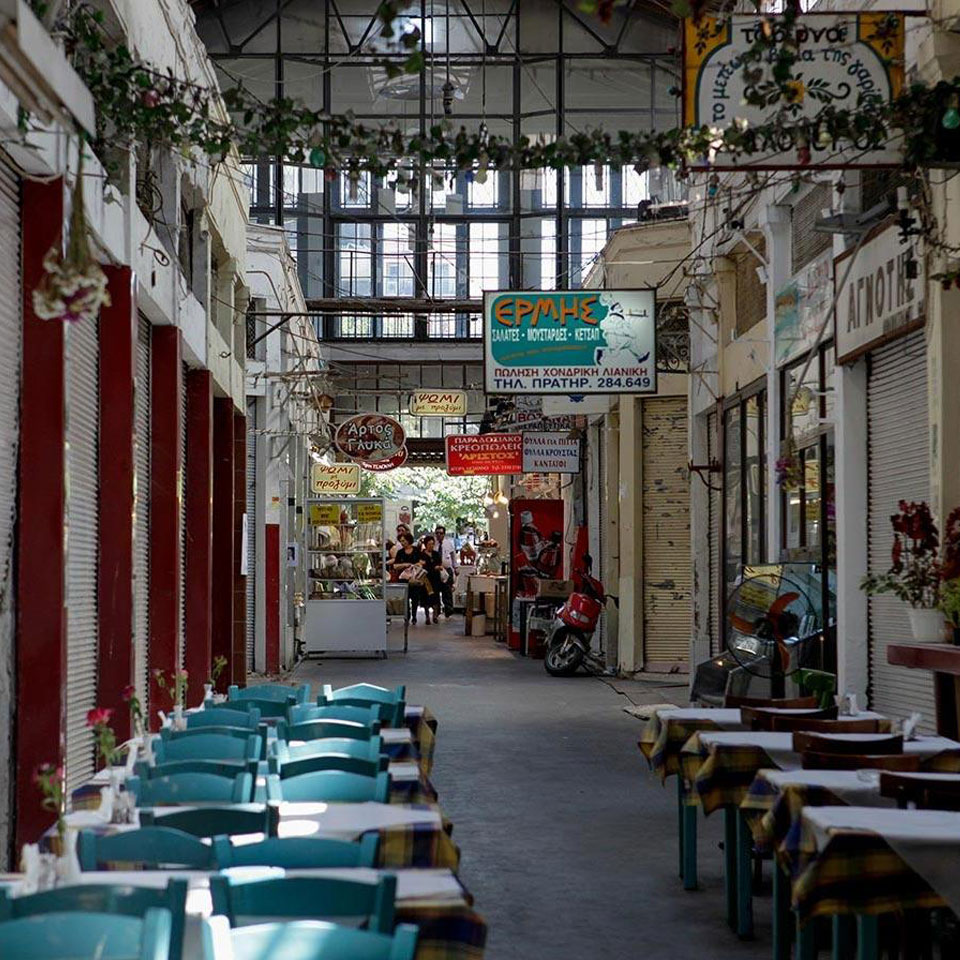
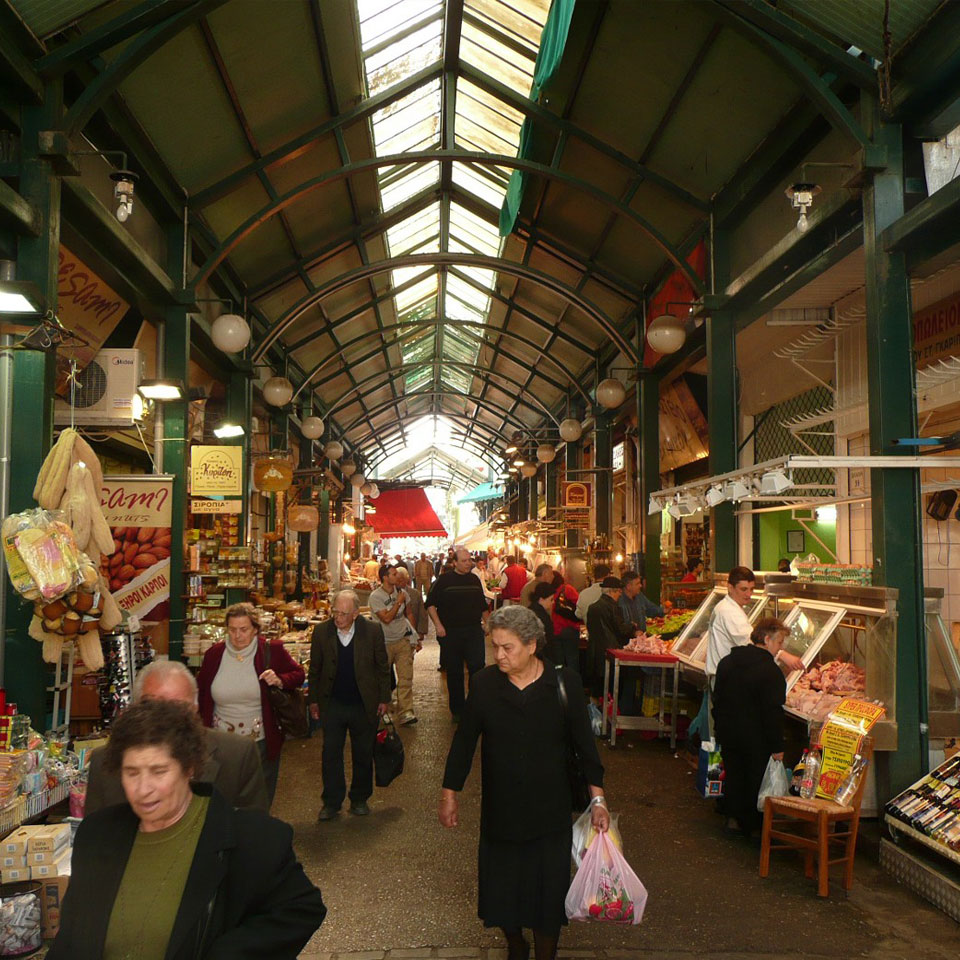


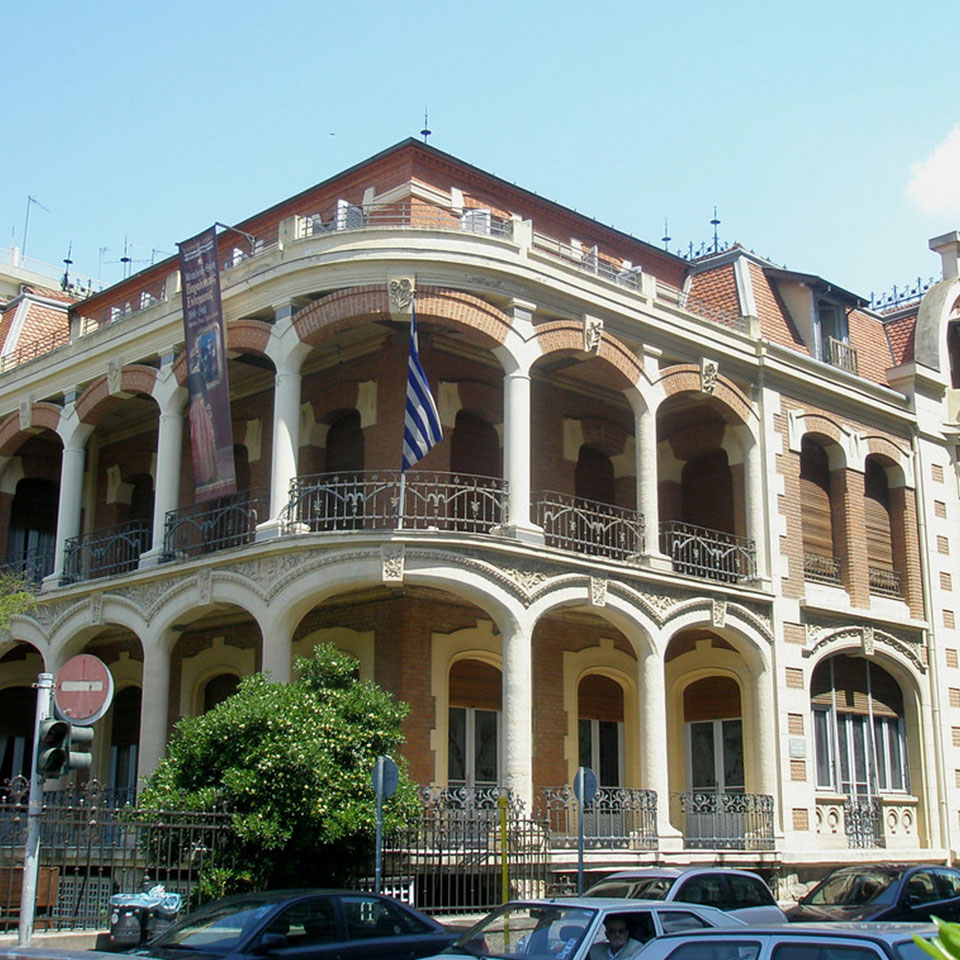
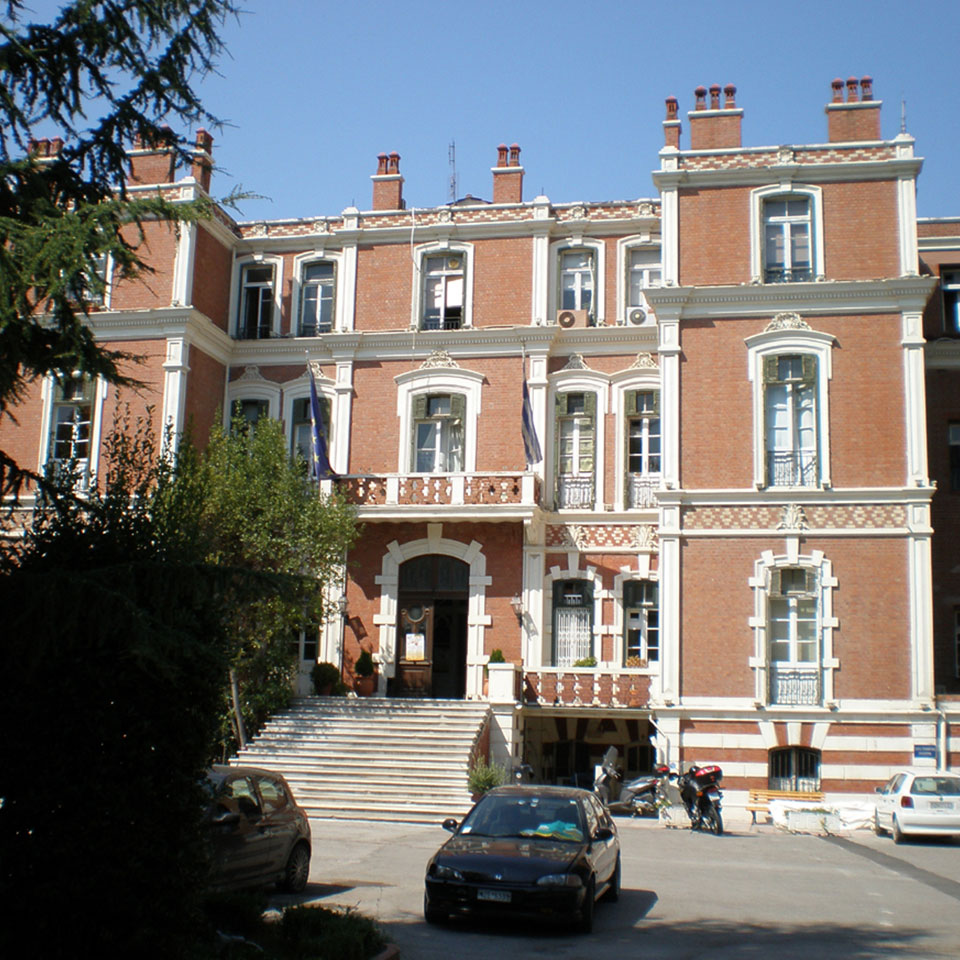
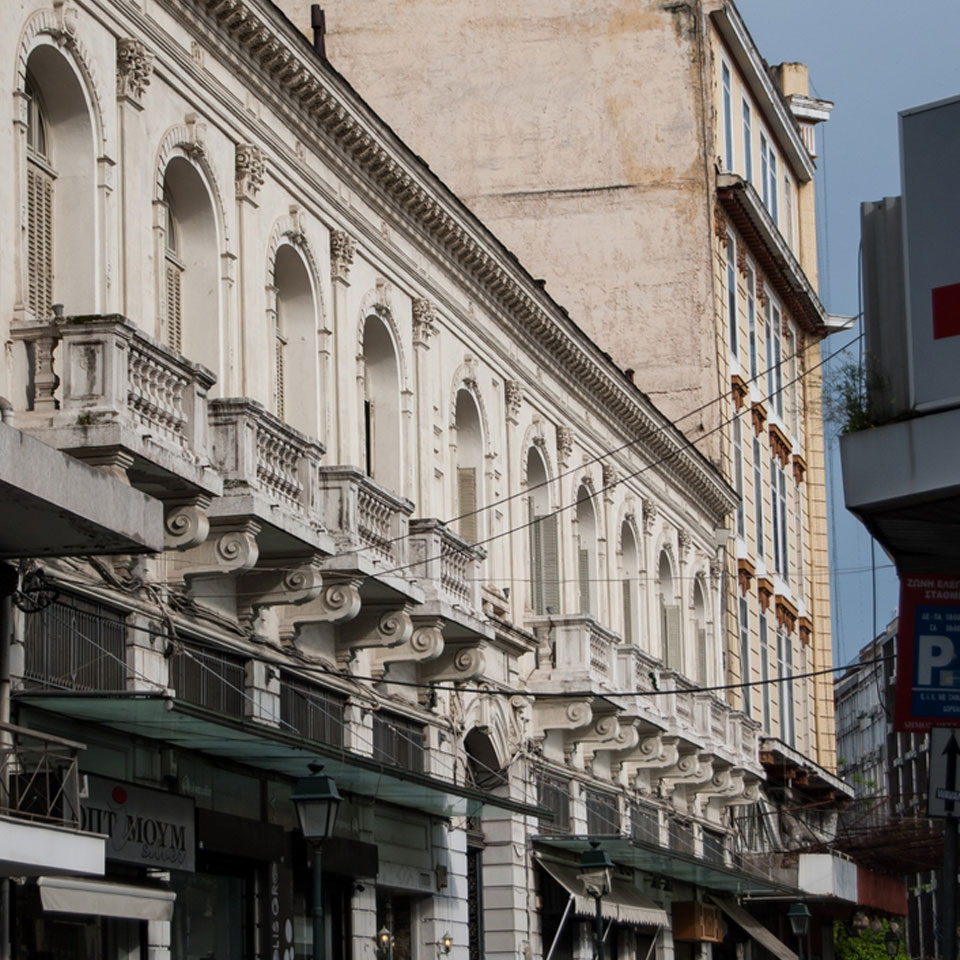

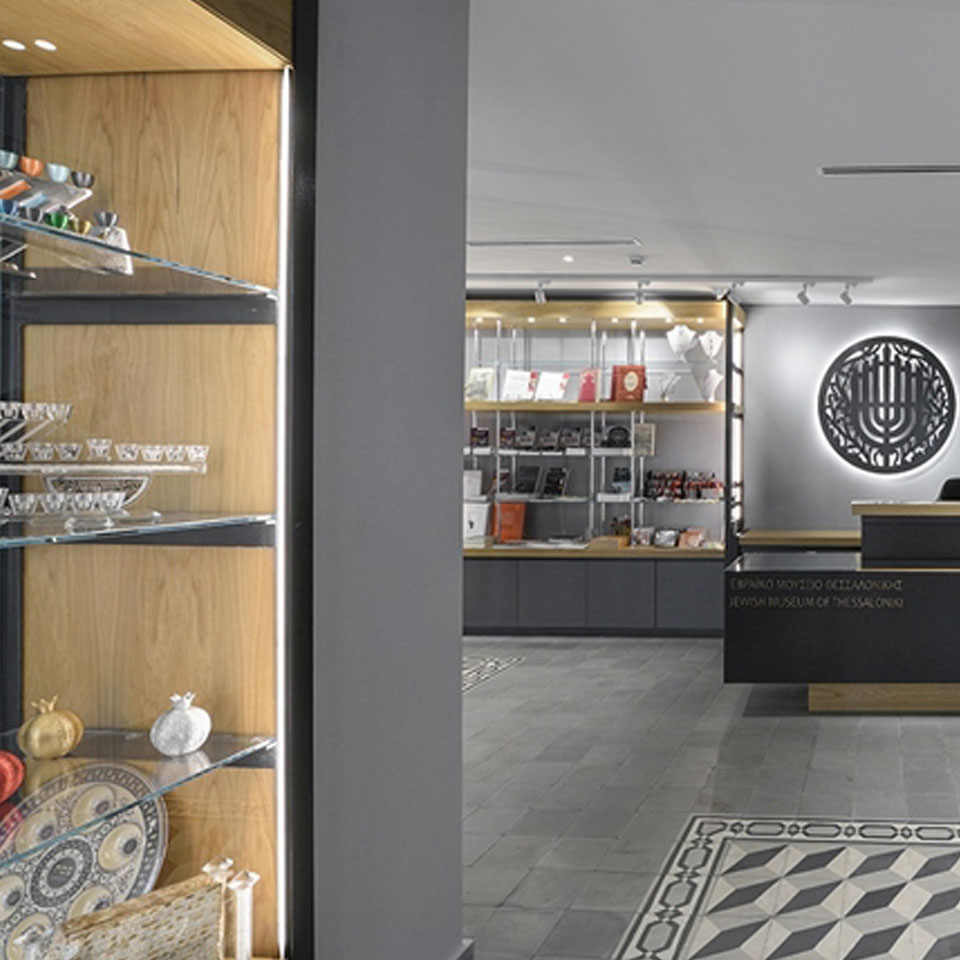


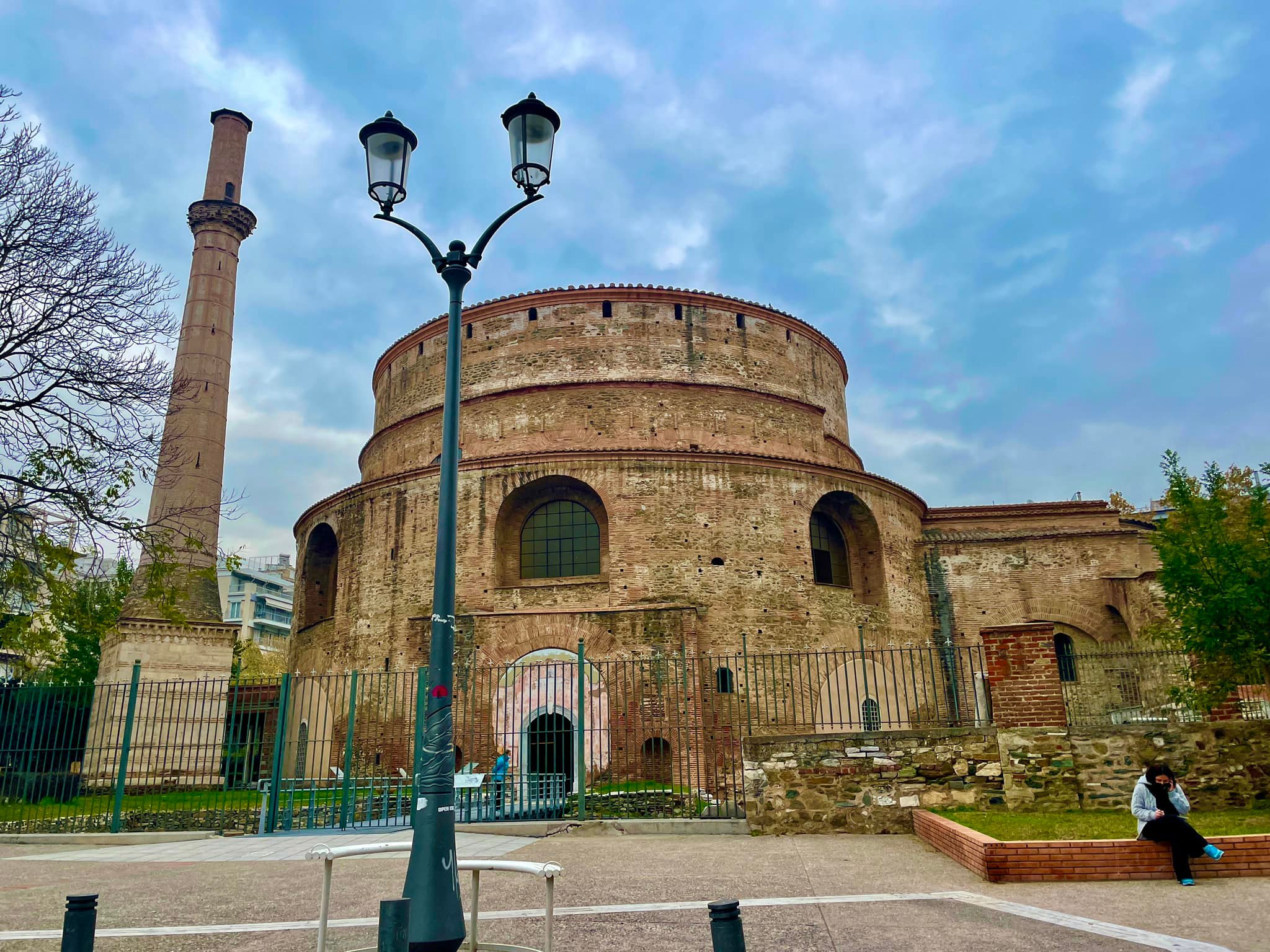
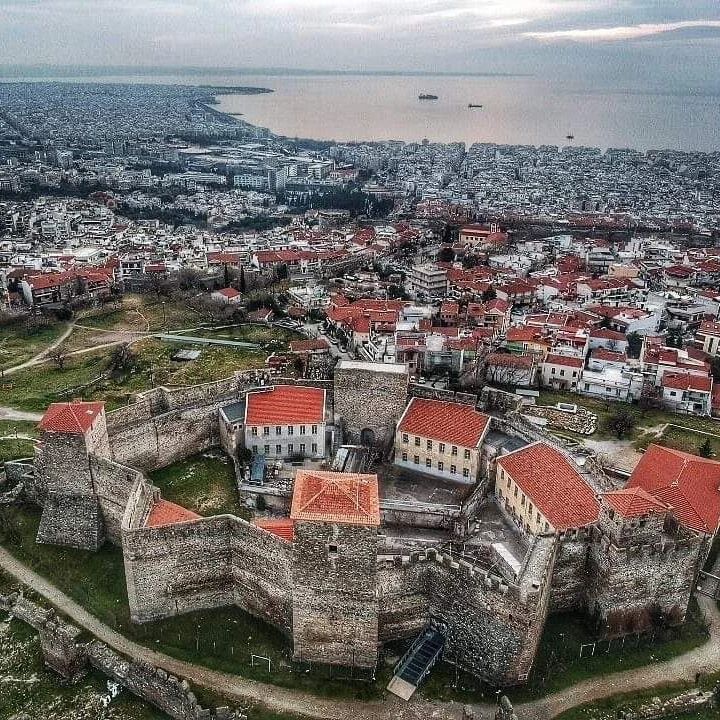
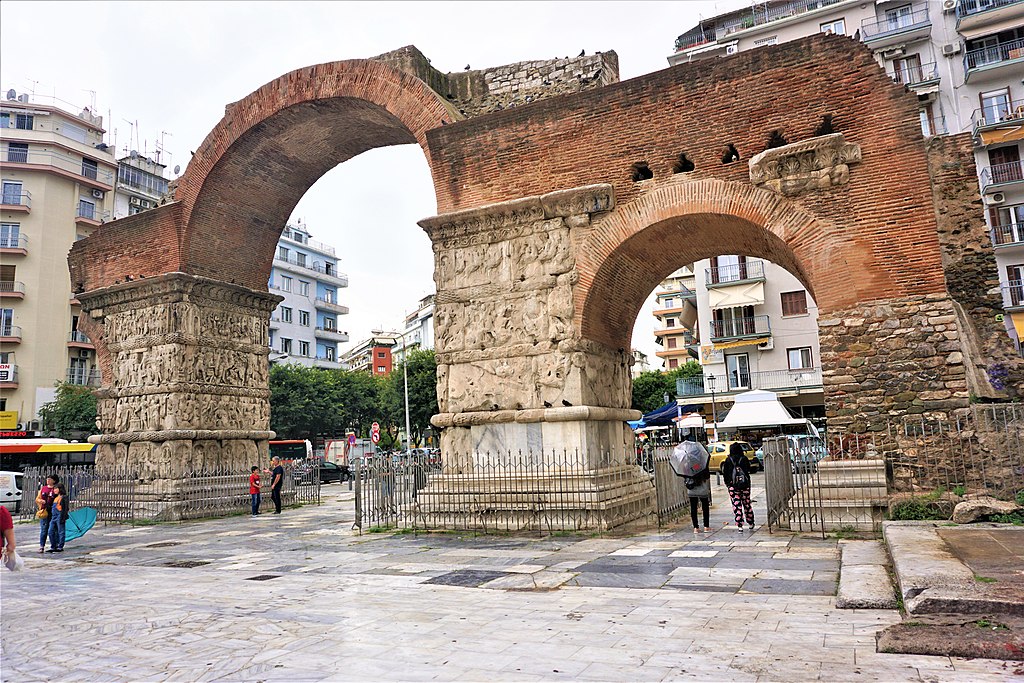
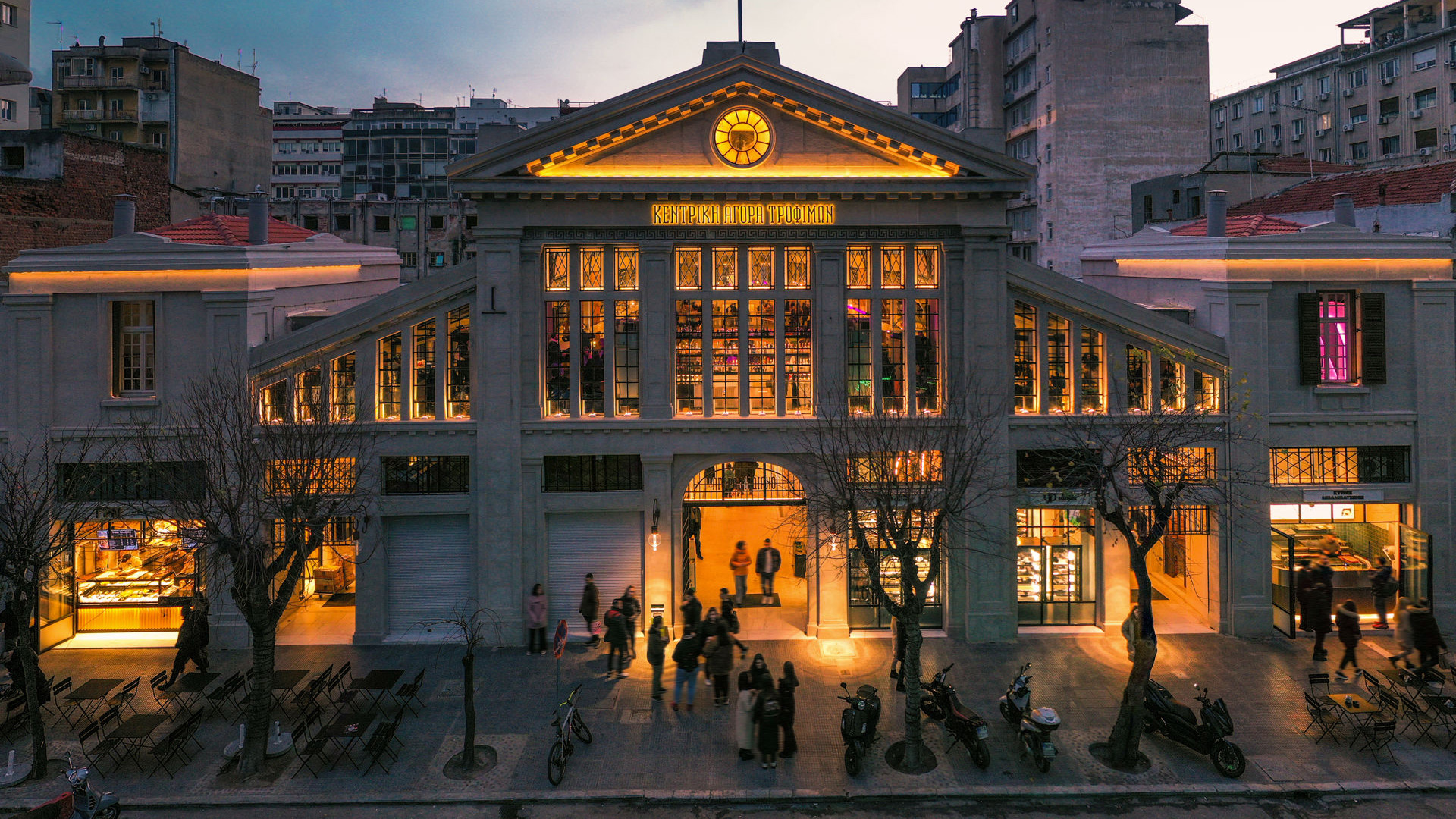
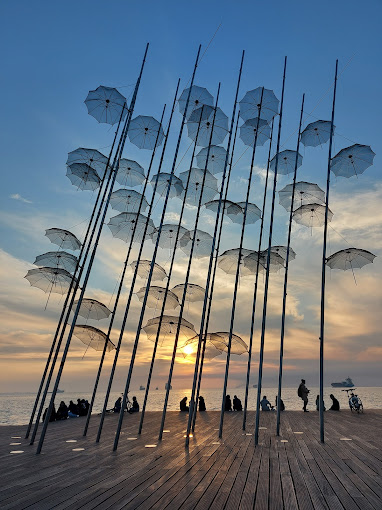
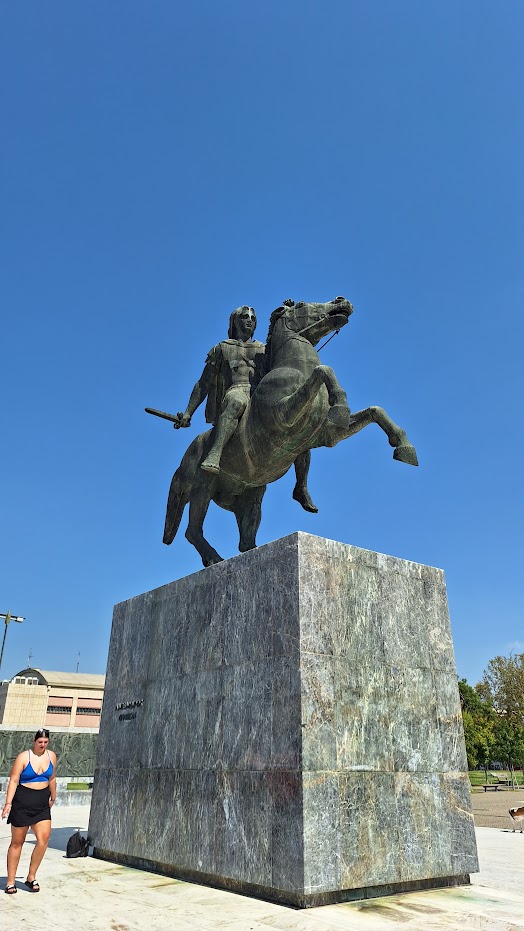

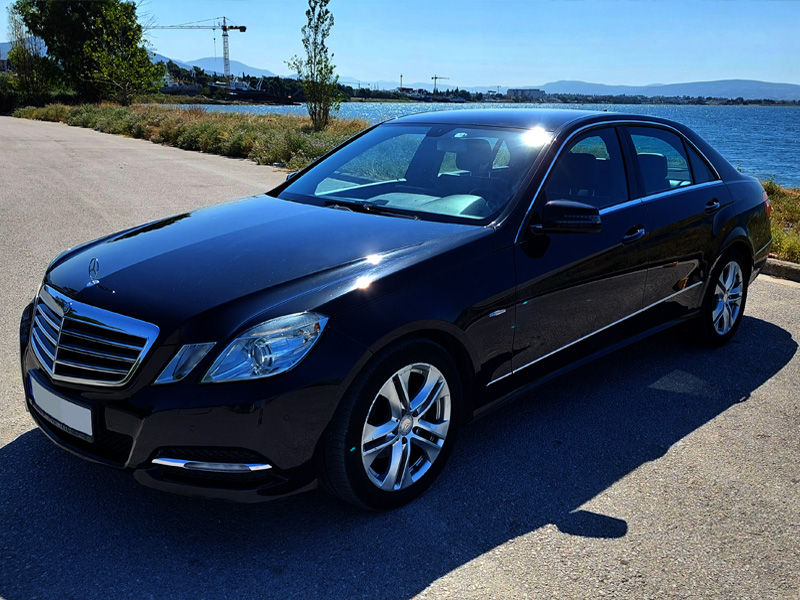

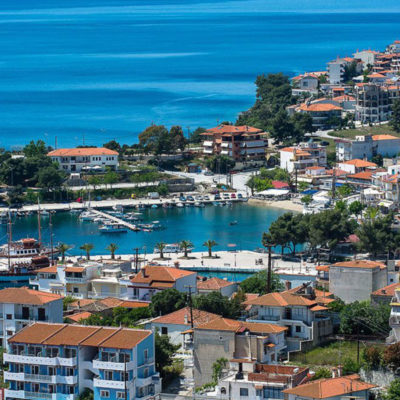
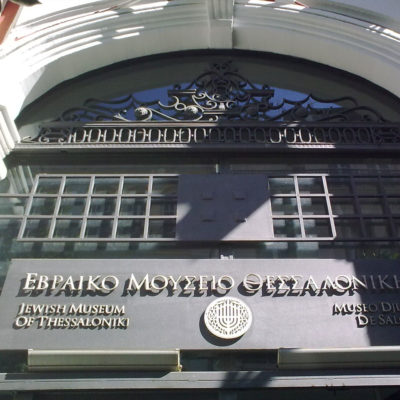

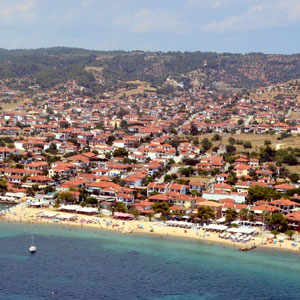

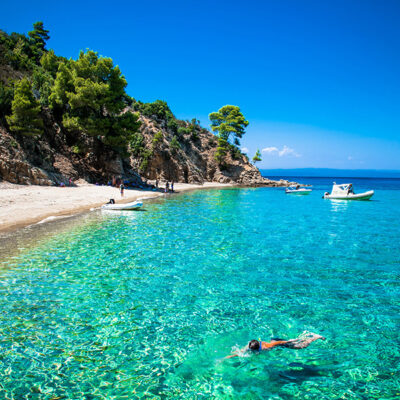






Reviews
There are no reviews yet.